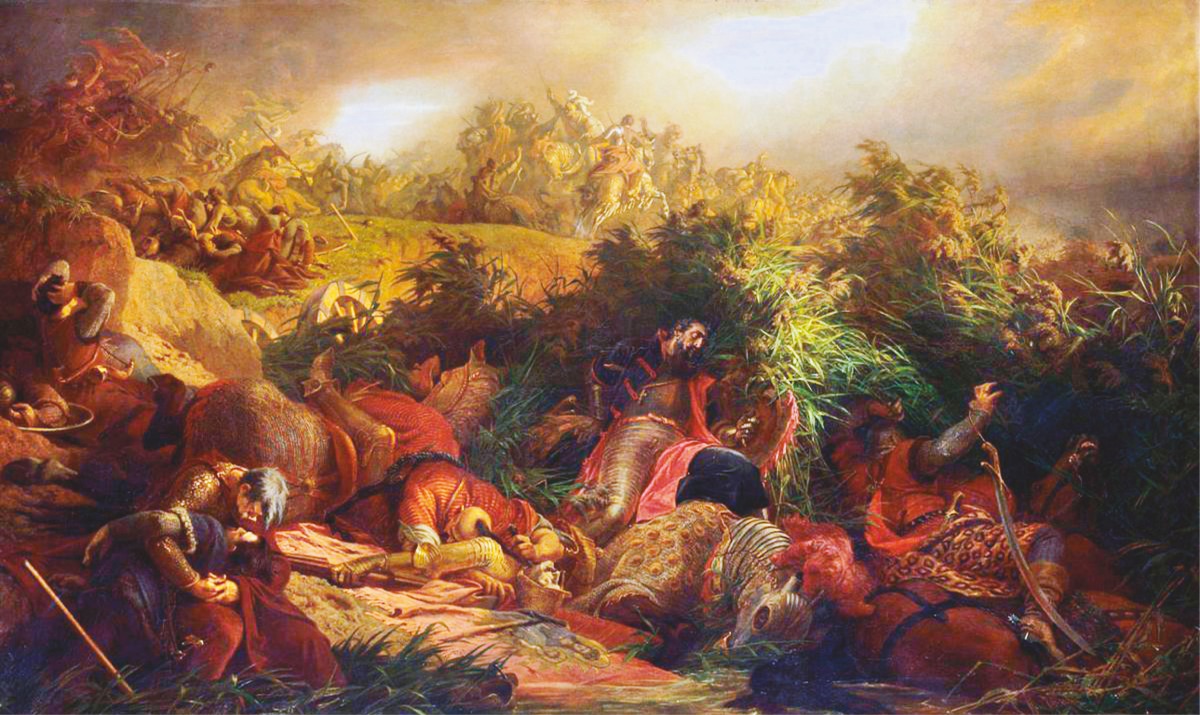Aldarion
 Archmage
Archmage
This is list of sizes of field armies and military establishments alike during the Hungarian-Ottoman wars, from their beginning in the 14th century until early 17th century.
Hopefully it will provide a good overview of how large armies advanced medieval states could field. Still, two factors should be noted. Firstly, records will naturally be incomplete or uncertain. Nevertheless, while exact numbers cannot be established with certainty for most cases (with few exceptions), they should provide a general ballpark. Secondly, Hungary and Ottoman Empire were two fundamentally different states. Not only was the Ottoman Empire much larger, but it was also much more centralized and “modern” than the feudal Hungary. As a results, Ottomans found it easier to field large, organized armies, even during the early period when “raw” resources of two states were comparable. Of course, as the time progressed and the Ottoman Empire expanded in all directions, Hungary found itself increasingly outmatched. This was only gradually reversed during the Habsburg era, but that period goes way beyond the Middle Ages or even early modernity.

 warfantasy.wordpress.com
warfantasy.wordpress.com
Hopefully it will provide a good overview of how large armies advanced medieval states could field. Still, two factors should be noted. Firstly, records will naturally be incomplete or uncertain. Nevertheless, while exact numbers cannot be established with certainty for most cases (with few exceptions), they should provide a general ballpark. Secondly, Hungary and Ottoman Empire were two fundamentally different states. Not only was the Ottoman Empire much larger, but it was also much more centralized and “modern” than the feudal Hungary. As a results, Ottomans found it easier to field large, organized armies, even during the early period when “raw” resources of two states were comparable. Of course, as the time progressed and the Ottoman Empire expanded in all directions, Hungary found itself increasingly outmatched. This was only gradually reversed during the Habsburg era, but that period goes way beyond the Middle Ages or even early modernity.

Sizes of Armies in the Hungarian-Ottoman Wars
This is list of sizes of field armies and military establishments alike during the Hungarian-Ottoman wars, from their beginning in the 14th century until early 17th century. Hopefully it will provi…
 warfantasy.wordpress.com
warfantasy.wordpress.com


 Dreamer
Dreamer